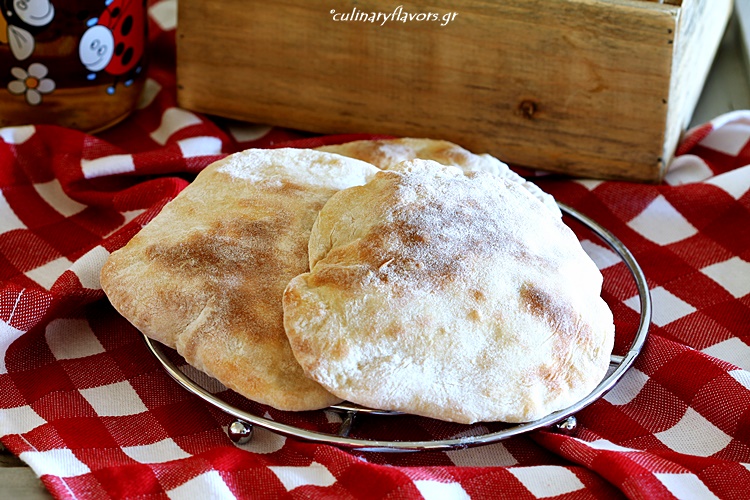Demeter is the goddess of the harvest and presides over grains and the fertility of the earth. Although she was most often referred to as the goddess of the harvest, she was also goddess of sacred law and the cycle of life and death.
Demeter was the daughter of Cronos and Rhea. She was the goddess of harvest and fertility. Her daughter was Persephone; Zeus was Persephone’s father. She revealed to man the art of growing and using corn. The fields of grain and the threshing-floor were under her protection. They were temples at which she could occupy at any moment. Her chief festival came at the harvest time. It began as a humble feast and over time morphed into a mysterious worship. This great festival occurred only every five years. Demeter and Dionysus were worshipped at Eleusis, a little town near Athens. Their worship was referred to as the Eleusinian Mysteries.
In ancient art, Demeter was pictured wearing a wreath made of ears of corn. The snake and the pig were sacred to her.
In Greek mythology spelt (was a gift to the Greeks from the goddess Demeter. Remains of spelt have been found in some later Neolithic sites in Central Europe. During the Bronze Age, spelt spread widely in central Europe. In the Iron Age, spelt became a principal wheat species in southern Germany and Switzerland, and by 500 BC, it was in common use in southern Britain.
In the Middle Ages, spelt was cultivated in parts of Switzerland, Tyrol, Germany, northern France and the Netherlands. Spelt became a major crop in Europe in the 9th century, possibly because it is husked, unlike other grains, and therefore more adaptable to cold climates and is more suitable for storage.
Spelt was introduced to the United States in the 1890s. In the 20th century, spelt was replaced by bread wheat in almost all areas where it was still grown. The organic farming movement revived its popularity somewhat toward the end of the century, as spelt requires less fertilizer. Since the beginning of the 21st century, spelt became a common wheat substitute for making artisanal breads, pastas, and flakes.
In my latest visit at an organic store close to my home I bought a bag of spelt flour and yesterday when I decided to make some pork souvlakis, I thought of making also pitas to accompany them. I made them with a mixture of all purpose and spelt flour and they were really delicious and perfect with my souvlakis. You can cut them open and fill them with anything you like. They are perfect as a snack at work or in school.
- 200 gr. / 7 oz. spelt flour
- 230 gr. / 8 oz. lukewarm water
- ½ teaspoon instant yeast
- 120 gr. / 4 ¼ oz. all-purpose Flour
- 1 tsp salt
- 1 tbsp olive oil
- Add all the ingredients in your stand mixer’s bowl and mix gently until the dough is smooth and supple.
- The dough is a bit sticky but this is how it should be.
- Transfer the dough to a lightly greased bowl, cover, and allow it to rise at room temperature for about 60 minutes.
- It will rise a bit but it is not as much as when you make bread.
- Meanwhile, preheat the oven to 260° C / 500° F.
- Turn the dough out onto a lightly floured work surface and divide it into eight pieces.
- Shape each piece into a ball and allow them to rest for 15 minutes, covered.
- Lightly dust your counter and sprinkle some flour on top of each ball, then roll them into circles about 15 cm / 6 in. in diameter.
- Position one rack at the bottom of the oven and have a baking sheet at the ready.
- Transfer the pitas to the baking sheet and bake for about 5 to 8 minutes.
- Remove the pitas and as they are still hot wrap them with a clean textile dishtowel.
- Serve on the side or fill them with your favorite filling.
- 200 γρ. αλεύρι ντίνκελ
- 230 γρ. χλιαρό νερό
- ½ κ.γ. ξηρή μαγιά
- 120 γρ. Αλεύρι για όλες τις χρήσεις
- 1 κ.γ. αλάτι
- 1 κ.σ. ελαιόλαδο
- Προσθέστε όλα τα υλικά στο μπολ του μίξερ και ανακατέψτε απαλά μέχρι η ζύμη να είναι λεία και εύπλαστη.
- Η ζύμη είναι λίγο κολλώδης αλλά έτσι πρέπει να είναι.
- Μεταφέρετε τη ζύμη σε ένα ελαφρά λαδωμένο μπολ, καλύψτε, και αφήστε τη να αυξηθεί σε θερμοκρασία δωματίου για περίπου 60 λεπτά.
- Θα αυξηθεί λίγο αλλά όχι τόσο θεαματικά όσο όταν φτιάχνεις ψωμί.
- Εν τω μεταξύ, προθερμάνετε το φούρνο στους 260° C.
- Βάλτε τη ζύμη έξω επάνω στον ελαφρώς αλευρωμένο πάγκο της κουζίνας και διαιρέστε τη σε οκτώ κομμάτια.
- Φτιάξτε κάθε κομμάτι σε μια μπάλα και αφήστε τα να ξεκουραστούν για 15 λεπτά, καλυμμένα.
- Πασπαλίστε με λίγο αλεύρι τον πάγκο και την κάθε μπάλα, στη συνέχεια, ανοίξτε τα κομμάτια σε κύκλους με διάμετρο 15 cm.
- Μεταφέρετε τις πίτες στο ταψί και ψήστε για περίπου 5 έως 8 λεπτά.
- Αφαιρέστε τις πίτες και καθώς είναι ακόμα ζεστές τυλίξτε τις σε μία πετσέτα κουζίνας.
- Σερβίρετε στο πλάι ή γεμίστε τα με το αγαπημένο σας γέμισμα.




